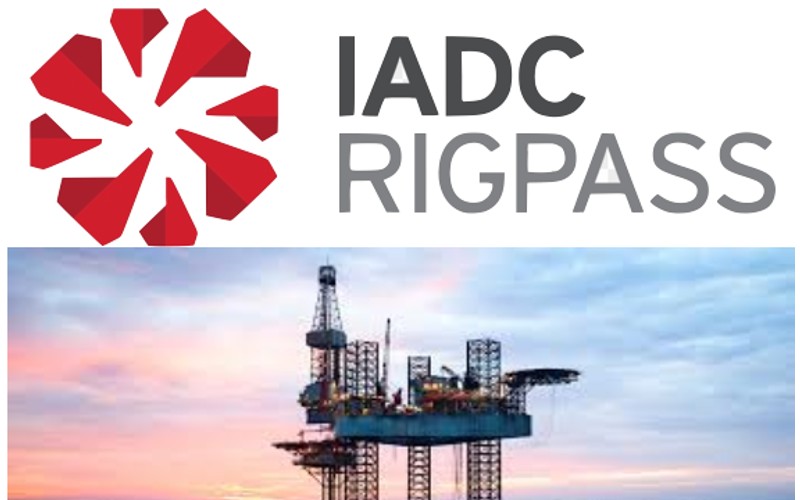
Created by - Elite Offshore
Enhancing Safety in Offshore operations: IADC Accredited RigPass Training at Elite Offshore Pvt Ltd
In the dynamic and high-risk environment of the oil and gas industry, ensuring the safety and competence of personnel is paramount. Elite Offshore Pvt Ltd, based in Navi Mumbai, recognizes this critical need and offers the prestigious IADC RigPass training to equip oilfield workers with the knowledge and skills necessary to operate safely and efficiently on offshore rigs. This accredited training program, conducted through e-learning mode on their dedicated platform at https://ecademy.eliteoffshore.in, stands as a cornerstone in fostering a culture of safety and excellence within the industry.RigPass: A Standard of ExcellenceThe IADC RigPass certification is recognized globally as a benchmark for safety and competency in the oil and gas sector. It is designed to provide essential safety training for new or experienced rig personnel, covering a wide range of topics crucial for offshore operations. Elite Offshore's RigPass training program adheres strictly to the IADC's stringent standards, ensuring that participants receive top-tier instruction and certification.Comprehensive E-Learning ExperienceElite Offshore's RigPass training is conducted entirely through their state-of-the-art e-learning platform, offering flexibility and accessibility for participants. The online modules are meticulously crafted to cover essential topics such as:Hazard Recognition and Mitigation: Identifying and addressing potential hazards on the rig, from equipment malfunctions to environmental risks.Emergency Response Procedures: Training on swift and effective responses to emergencies such as fires, blowouts, and medical incidents.Personal Protective Equipment (PPE): Proper selection, use, and maintenance of PPE to ensure personal safety.Environmental Protection: Understanding and adhering to regulations for minimizing the impact of operations on the environment.Workplace Safety Practices: Best practices for safe rigging, material handling, and working at heightsHealth and Wellness: Promoting physical and mental well-being to maintain peak performance on the rig.Advantages of Elite Offshore's RigPass TrainingExpert Instruction: Participants benefit from the expertise of seasoned industry professionals who deliver engaging and informative content.Interactive Learning: The e-learning modules incorporate videos, simulations, quizzes, and case studies to enhance understanding and retention.24/7 Accessibility: Learners can access the training materials anytime, anywhere, allowing for self-paced learning that fits their schedules.IADC Accreditation: Upon successful completion of the RigPass training, participants receive an internationally recognized IADC certificate, validating their competency and readiness for offshore work.How to EnrollEnrolling in Elite Offshore's RigPass training is a straightforward process. Interested individuals can reach out to the training team via email at training@eliteoffshore.in or call on +91-22-4970 4933 or +91-80 9747 2277 to inquire about course details, schedules, and registration procedures. The training team is dedicated to assisting participants at every step of the way, ensuring a smooth and enriching learning experience.Conclusion: Empowering Oilfield ProfessionalsIn the fast-paced and demanding world of offshore drilling, the importance of rigorous safety training ia a must. Elite Offshore Pvt Ltd's IADC RigPass training stands as a beacon of excellence, empowering oilfield professionals with the knowledge, skills, and certifications needed to thrive in their roles. Visit https://e-learn.eliteoffshore.in/home today to start the journey towards a safer and more successful offshore career.
More detailsPublished - Tue, 16 Apr 2024
Search
Popular categories
OSHA & Industrial Safety Courses
11Liberia Approved Rig Courses
4Marine and Offshore
3IADC Approved - E learning
1Port & Marine Courses
1Offshore Oil and Gas Rig Courses
1Latest blogs

Maa Durga – A Divine Guide to Safety at Home and in Industries
Thu, 14 Aug 2025

The Alarming Decline in Safety and Skill Training: A Risk We Can't Ignore
Fri, 27 Dec 2024

Telescopic Handlers (Telehandlers) vs Rough Terrain Forklifts
Thu, 31 Oct 2024
Write a public review